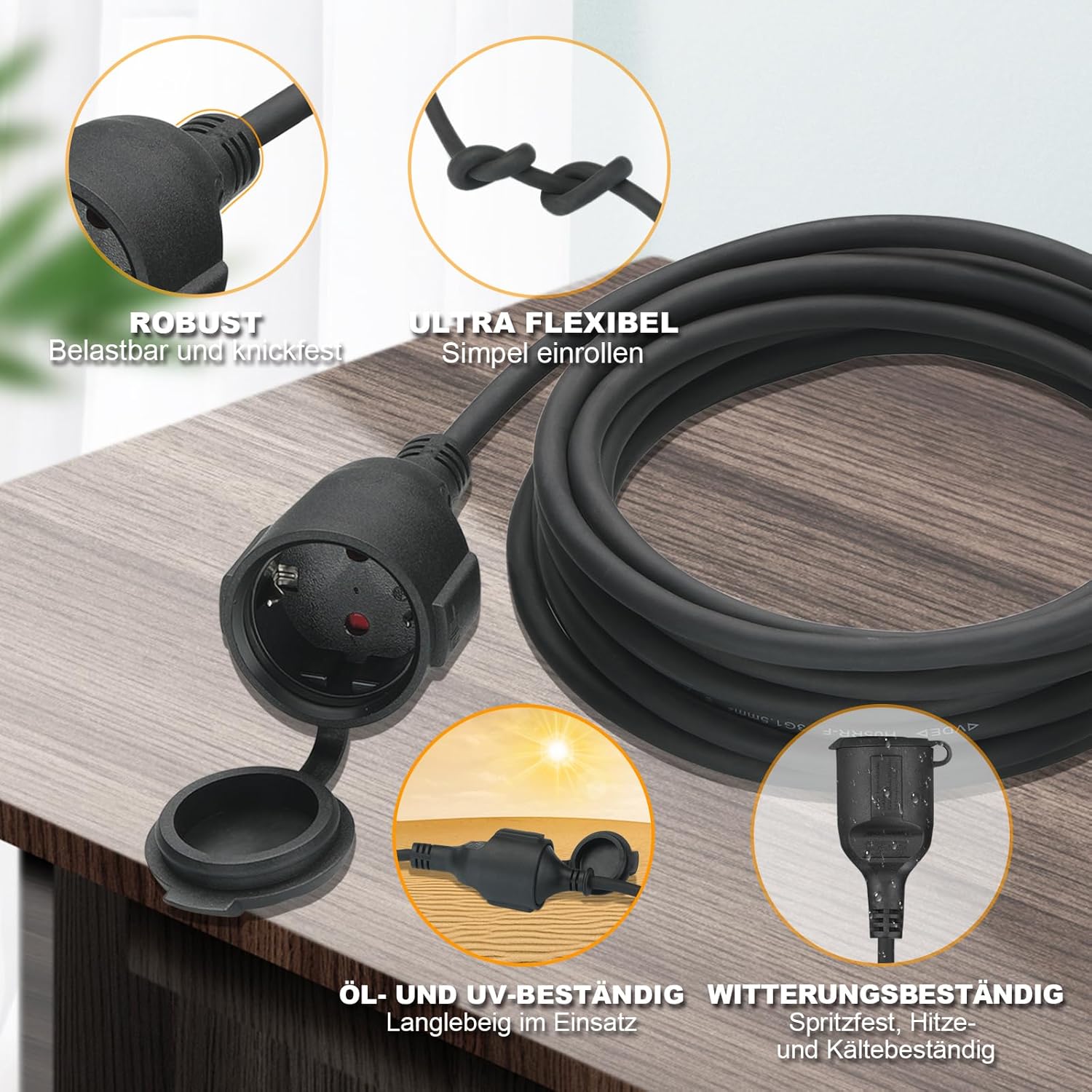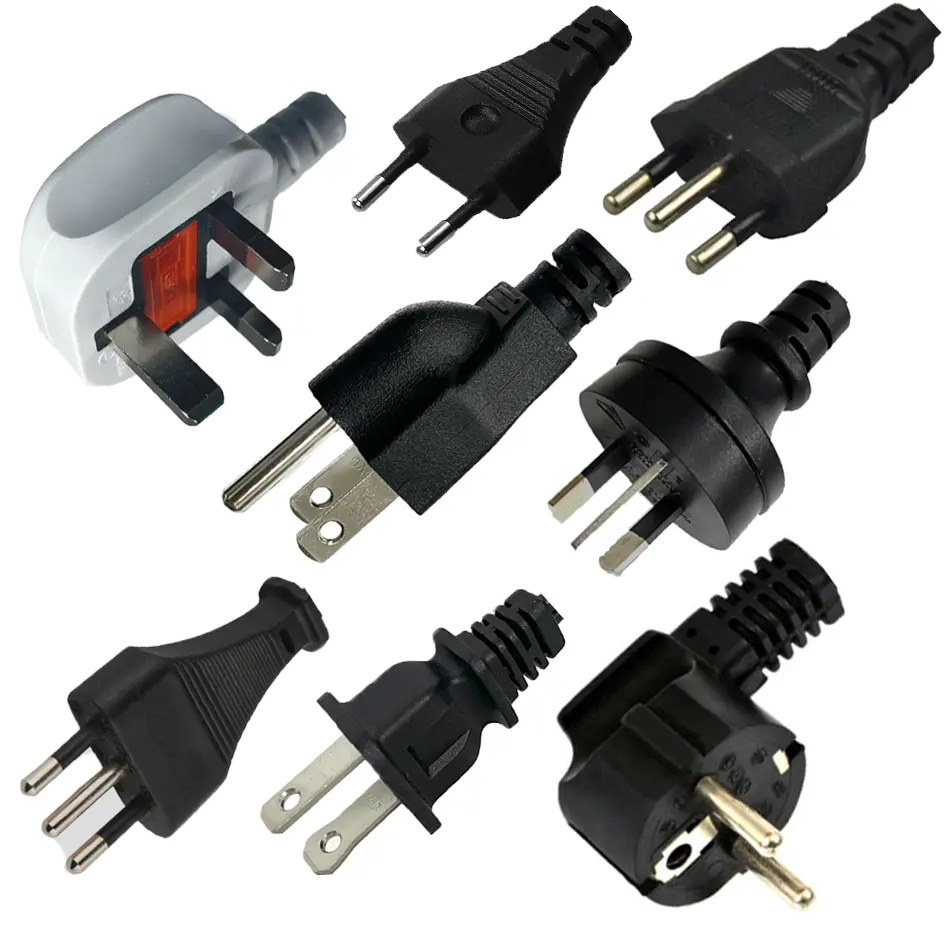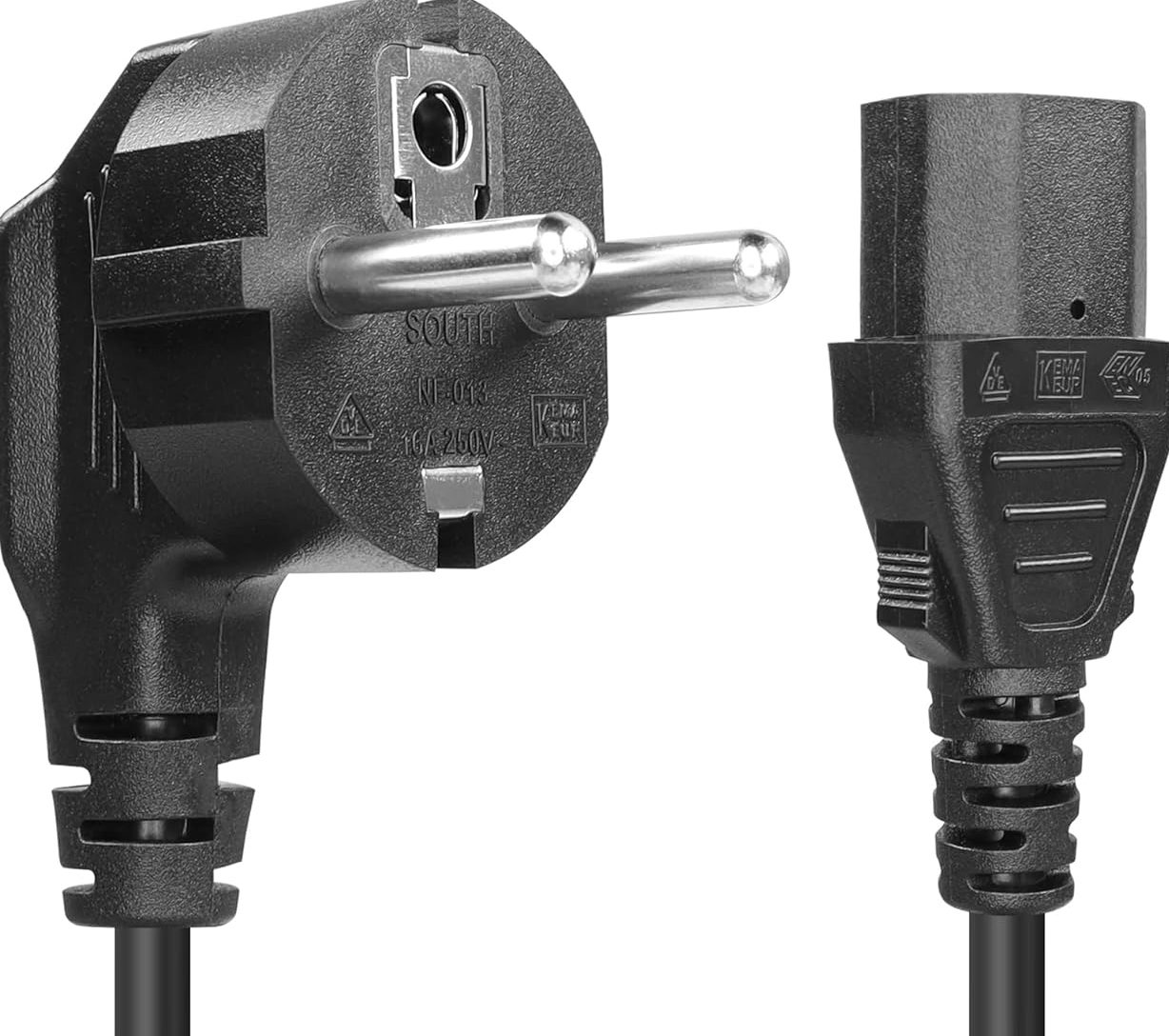🌍 Traveling Abroad? Here’s Your Ultimate Guide to Power Plugs and Charging Safely Around the World
Have you ever landed in a new country only to realize your charger doesn’t fit the outlet? Or watched your phone die because the plug types are completely different from back home?
As a frequent traveler and tech lover, I’ve experienced these frustrating moments more than once. But don’t worry—this guide will help you understand the world of power plugs, and make sure your next trip is fully charged and worry-free.
🔌 1. The 4 Most Common Power Plug Types Around the World
1️⃣ Type A/B – North American Plug (US Standard)
Used in: United States, Canada, Japan, Mexico, Thailand, and more
Design: Two flat parallel pins (Type A) or two flat pins with a round grounding pin (Type B)
Why it matters: It’s simple, safe, and the most widely used plug type in North America.
Travel Tip: Bring a US plug adapter if you’re heading to any of these countries. Compact models are easy to pack.
2️⃣ Type C/E/F – European Plug (EU Standard)
Used in: Most of Europe, including Germany, France, Italy, Spain, Netherlands, and more
Design: Two round pins, often in a slim or rounded plug
Why it matters: This plug type is standardized across continental Europe and known for its compact and secure design.
Travel Tip: Sometimes the fit can be tight—rotate the plug slightly if needed to get a good connection.
3️⃣ Type G – British Plug (UK Standard)
Used in: United Kingdom, Ireland, Hong Kong, Singapore, Malaysia, UAE, and others
Design: Three rectangular pins, often with a fuse inside
Why it matters: It’s one of the safest plug types in the world due to built-in grounding and fuse protection.
Travel Tip: Type G plugs are bulky. Consider a foldable adapter to save luggage space.
4️⃣ Type I – Australian Plug (AU Standard)
Used in: Australia, New Zealand, Papua New Guinea, Argentina
Design: Two flat angled pins in a V-shape, sometimes with a grounding pin
Why it matters: Similar to the UK plug in safety, but not compatible without an adapter.
Travel Tip: Don’t assume UK plugs will work in Australia—you’ll need a separate Type I adapter.
🔋 2. Must-Have Charging Gear For Travel
🔄 Universal Travel Adapter – Your Global Charging Buddy
Why you need it: One adapter that works in 150+ countries? Yes, please!
What to look for:
-
Built-in surge protection
-
Compatibility with Type A/B, C/E/F, G, I, and more
-
USB-A/USB-C charging ports
Pro Tip: Avoid cheap knockoffs. Go for adapters from reputable brands to protect your devices from voltage fluctuations.
🔋 Portable Power Bank – For Charging On The Go
Why you need it: No outlet? No problem. A power bank keeps you going in airports, buses, or hiking trails.
Recommended specs:
-
Capacity: 5,000–10,000mAh is great for most trips
-
Output: 5V/2.4A or higher for fast charging
Pro Tip: Some airlines have rules for carrying larger power banks—check before you fly.
🧳 3. Smart Tips To Stay Charged and Safe
✈️ Before You Travel
-
Pack smart: Bring spare USB cables and at least one universal adapter
-
Double-check hotel info – some may already provide adapters
🛫 While Traveling
-
Stay dry: Never use chargers or adapters in wet areas
-
Don’t overload sockets – especially in older buildings
-
Plan ahead: Charge your devices overnight so they’re ready for the next day’s adventure
🌐 Conclusion: A Small Plug, A Big Difference
Power plugs may seem like small details, but they can make or break your travel experience. Knowing the types of plugs used around the world—and being prepared with the right adapters—will save you time, frustration, and dead batteries.
So before you jet off, take a moment to prepare your charging gear. Your phone, camera, and sanity will thank you!




